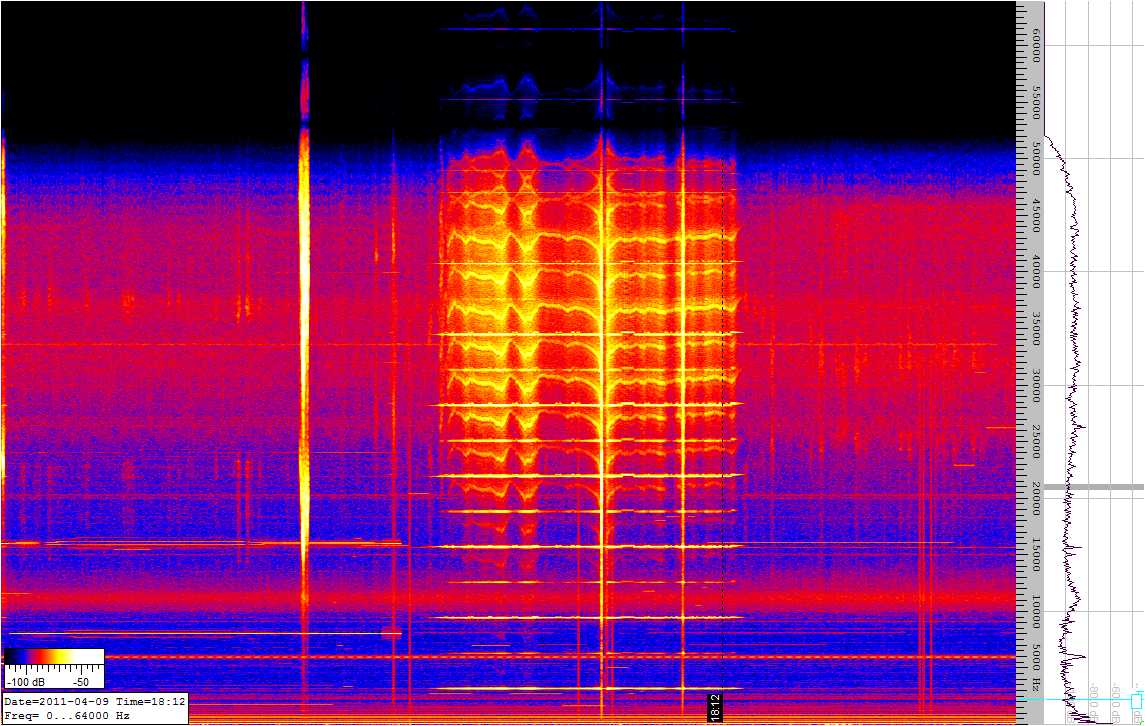
Manas and Pranotherapy
by Jedi Simon
Meanings of the word
adj. praNa ancient
m. prANa breath of life
m. prANa breath
m. praNAda cheer
m. praNAda applause
m. praNAda acclamation
m. praNAla drain
f. praNAlI channel
f. praNAlI course
f. praNAlI tumbler
f. praNati inclination
f. praNati bowing
f. praNati salutation
f. praNati reverence
f. praNati bending
In Hindu philosophy including
yoga, Indian medicine and Indian martial arts, prana ( prāṇa; the Sanskrit word
for breath, "life force", or "vital principle") permeates reality on all levels
including inanimate objects. In Hindu literature, prana is sometimes described
as originating from the Sun and connecting the elements. Five types of
prana, collectively known as the five vāyus, are described in Hindu texts.
Ayurveda, tantra and Tibetan medicine all describe praṇā vāyu as the basic vāyu
from which the other vāyus arise.
Breath, respiration, The breath of life, vital air, principle of life (usually
plural in this sense, there being five such vital airs generally assumed, but
three, six, seven, nine, and even ten are also spoken of), Energy, vigour, The
spirit or soul.
Of these meanings, the concept of "vital air" is used by Bhattacharyya to
describe the concept as used in Sanskrit texts dealing with pranayama, the
manipulation of the breath. Thomas McEvilley translates prāṇa as "spirit-energy".
The breath is understood to be its most subtle material form, but is also
believed to be present in the blood, and most concentrated in men's semen and
women's vaginal fluid.
Other meanings of the word and root
adj. prANa filled
adj. praNa old
adj. prANa full
m. prANa power
m. prANa air inhaled
m. prANa vital organ vital air
m. prANa myrrh
m. prANa respiration spirit vitality
m. prANa energy
m. prANa wind
m. prANa respiration
m. prANa name of the letter y
m. prANa spirit
m. prANa spirit identified with the totality of dreaming spirits
m. prANa poetical inspiration
m. prANa vigour
m. prANa life
m. pl. prANAH life
adj. prANada saving or preserving life
adj. prANAda life-devouring
adj. prANada life-giving
adj. prANAda deadly
adj. prANadA giving breath
m. praNAda yell
m. praNAda shout
m. praNAda cry
m. praNAda noise or buzzing in the ear
m. praNAda loud sound or noise
m. praNAda roar
n. prANada blood
n. prANada water
f. praNADI channel
f. praNADI drain
f. praNADI water-course
m. prANAha cement
m. prANaka living being
m. praNAla channel from a pond
m. praNAla row
m. praNAla series
m. praNAla watercourse
f. praNAlI interposition
f. praNAlI intervention
f. praNAlI recension
f. praNAlI filling funnel
m. praNAma reverential salutation
m. praNAma respectful salutation
m. praNAma salutation
m. praNAma bow
m. praNAma obeisance
m. praNAma bending
m. praNAma prostration
n. praNAma bowing
adj. prANana vivifying
So, now we should know what we are talking about.
Considering western position and point of view, culturally speaking, unfortunately we shall not find this word
and understanding in our vocabulary. This simply means that elite all along the ages never allowed this concept to be shared,
erased it or terminated it. This is how secrets, serving a few, offer them much more than what is shared. Occultist, do not allow
knowledge to reach, whilst watchdogs are used to subvert, convert and change, or reverse the meaning of such words,
to make them useless. Oblivion and abstraction, are two of the passive procedures used, although active work is carried on
constantly by a discrete number of adepts. So, please, show greater respect, and avoid those unsigned web pages made by a minority
that keeps working day and night on the illusory image of reality that should be shared with sheep.
The ancient concept of prana is described in many Hindu texts, including
Upanishads and Vedas. One of the earliest references to prana is from the
3,000-year-old Chandogya Upanishad, but many other Upanishads use the concept,
including the Katha, Mundaka and Prasna Upanishads. The concept is elaborated
upon in great detail in the literature of haṭha yoga, tantra, and Ayurveda.
The Bhagavadgita 4.27 describes the yoga of self-control as the sacrifice of the
actions of the senses and of prana in the fire kindled by knowledge. More
generally, the conquest of the senses, the mind, and prana is seen as an
essential step on the yogin's path to samadhi, or indeed as the goal of
yoga.Thus for example the Malinivijayottaratantra 12.5–7 directs the seeker "who
has conquered posture, the mind, prana, the senses, sleep, anger, fear, and
anxiety" to practise yoga in a beautiful undisturbed cave.
Prana is typically divided into constituent parts, particularly when concerned
with the human body. While not all early sources agree on the names or number of
these divisions, the most common list from the Mahabharata, the Upanishads,
Ayurvedic and Yogic sources includes five classifications, often subdivided.
This list includes prana (inward moving energy), apana (outward moving energy),
vyana (circulation of energy), udana (energy of the head and throat), and samana
(digestion and assimilation).
Early mention of specific pranas often emphasized prāṇa, apāna and vyāna as "the
three breaths". This can be seen in the proto-yogic traditions of the Vratyas
among others.
Texts like the
Vaikānasasmārta utilized the five pranas as an internalization of the five
sacrificial fires of a panchagni homa ceremony.
The Atharva Veda describes Prana: 'When they had been watered by Prana, the
plants spake in concert: 'thou hast, forsooth, prolonged our life, thou hast
made us all fragrant.' (11.4–6) 'The holy (âtharvana) plants, the magic (ângirasa)
plants, the divine plants, and those produced by men, spring forth, when thou, O
Prâna, quickenest them (11.4–16). 'When Prâna has watered the great earth with
rain, then the plants spring forth, and also every sort of herb.' (11.4–17) 'O
Prâna, be not turned away from me, thou shall not be other than myself! As the
embryo of the waters (fire), thee, O Prâna, do bind to me, that I may live.'
Similar concepts exist in
various cultures, including the Latin anima ("breath", "vital force", "animating
principle"), Islamic and Sufic ruh, the Greek pneuma, the Chinese qi, the
Polynesian mana, the Amerindian orenda, the German od, and the Hebrew ruah.
Prana is also described as subtle energy or life force
Prāṇa The exhaled breath (pra - "outward", "forth") which lives in the lungs.
Apāna Down and outward energy, most notably the elimanatory systems. It resides
in the hips and gut.
Udāna Rising energy, resident in the throat, but also responsible for lifting
kuṇḍalinī. Sound production through the vocal apparatus, as in speaking, singing,
laughing and crying.
Samāna The heat of digestion, which resides in the belly between prāṇa above and
uḍāna below.
Vyāna The energy of circulation that resides throughout the body.
Indian philosophy describes prana flowing in nadis (channels), though the
details vary. The Brhadaranyaka Upanishad (2.I.19) mentions 72,000 nadis,
running out from the heart, whereas the Katha Upanishad (6.16) says that 101
channels radiate from the heart. The Vinashikhatantra (140-146) explains the
most common model, namely that the three most important nadis are the Ida on the
left, the Pingala on the right, and the Sushumna in the centre connecting the
base chakra to the crown chakra, enabling prana to flow throughout the subtle
body.
When the mind is agitated due to our interactions with the world at large, the
physical body also follows in its wake. These agitations cause violent
fluctuations in the flow of prana in the nadis.
The word Prāṇāyāma derives from the Sanskrit words prāṇa and ayāma, translating
as "life force" and "expansion", respectively. It is a common term for various
techniques for accumulating, expanding and working with prana. Pranayama is one
of the eight limbs of yoga and is a practice of specific and often intricate
breath control techniques. The dynamics and laws of Prana were understood
through systematic practice of Pranayama to gain mastery over Prana.
Many pranayama techniques are designed to cleanse the nadis, allowing for
greater movement of prana. Other techniques may be utilized to arrest the breath
for samadhi or to bring awareness to specific areas in the practitioner's subtle
or physical body. In Tibetan Buddhism, it is utilized to generate inner heat in
the practice of tummo.
In Ayurveda and therapeutic yoga, pranayama is utilized for many tasks,
including to affect mood and aid in digestion. A. G. Mohan stated that the
physical goals of pranayama may be to recover from illness or the maintenance of
health, while its mental goals are: "to remove mental disturbances and make the
mind focused for meditation".
According to the scholar-practitioner of yoga Theos Bernard, the ultimate aim of
pranayama is the suspension of breathing, "causing the mind to swoon". Swami
Yogananda writes, "The real meaning of Pranayama, according to Patanjali, the
founder of Yoga philosophy, is the gradual cessation of breathing, the
discontinuance of inhalation and exhalation".
So, having expressed these fundamental concepts, we now understand why such a term disturbed those who ran the great illusion. This energy arises, together with the work that the seeker should do to better himself the level of consciousness. Conscience, and the self, being considered by the followers of Morpheus as an enemy. So, whenever you shall come accross thousands of critics on Pranic Energy, Healing, Therapy, etc... etc..., just remember that someone is paying the authors to deny its existence, its usefulness, its work and its effects, that cure indeed if used in a proper manner.
It takes only a few minutes to find out if any kind of energy is flowing our of someone's hands or this healer is just playing a part.
So, why should we bother to write thousands of pages every day to say that something does not exist or work?
Just guess the answer.
I Will show You something that
proofs the reality of energetic fields that are produced by concentrating Prana
in the hands. This is one of the techniques used in the past
which enables pranoterapists to help those in need. I am not saying that this
action shall cure anyone, but only showing You that is what is called Prana
could be concentrated by a person around the body of another one, that field
will effect the weaker one and change its condition. I am not talking of curing
anyone, because this has to do with intention. I am talking about allowing the
course of the energy to flow where it needs to and balance the fields. This is
the work of nature. Every alteration shall go back towards equilibrium. Healers,
infact, do not interfere, but facilitate this natural change acting directly on
the fields, or transmuting them, by the use of energies that are all around us.
So, let's just say that "Thomas, now that he's got to wash off the blood
of his Master again, shall be satisfied. Believe in first hand experience.
Do not abuse of second hand information. Avoid "per person interposed" third
party propaganda.
Here are the Fields. This is a fact. Proof and evidence that ends the work of the occultists payed to hide the truth.
Here You shall see the
Harmonical Fields produced, concentrated and emanated from the hands.
This energy is called Manas. Its propagation is scalar, harmonical, fractal and
quantum cymatic. It is etheric, and
showing here as a "scalar field propagation" from the 7th to the 20th radiating
gradient. Here you shall see
the effects of the etheric resonance upon the magnetic fields that we can
visualize with our instruments.
Mano, in latin, is manus. Manas, in sanskrit, means "mind" ( To think ).
Facts, not words.
This was the missing link. Now You know that hands can amplify thought and act upon subtle fields.
I share this knowledge with You to enable You to get better. Do not abuse of it.
Serve and do Your best to help, heal and balance fields.
In the faith of love act truly.
Jedi Simon


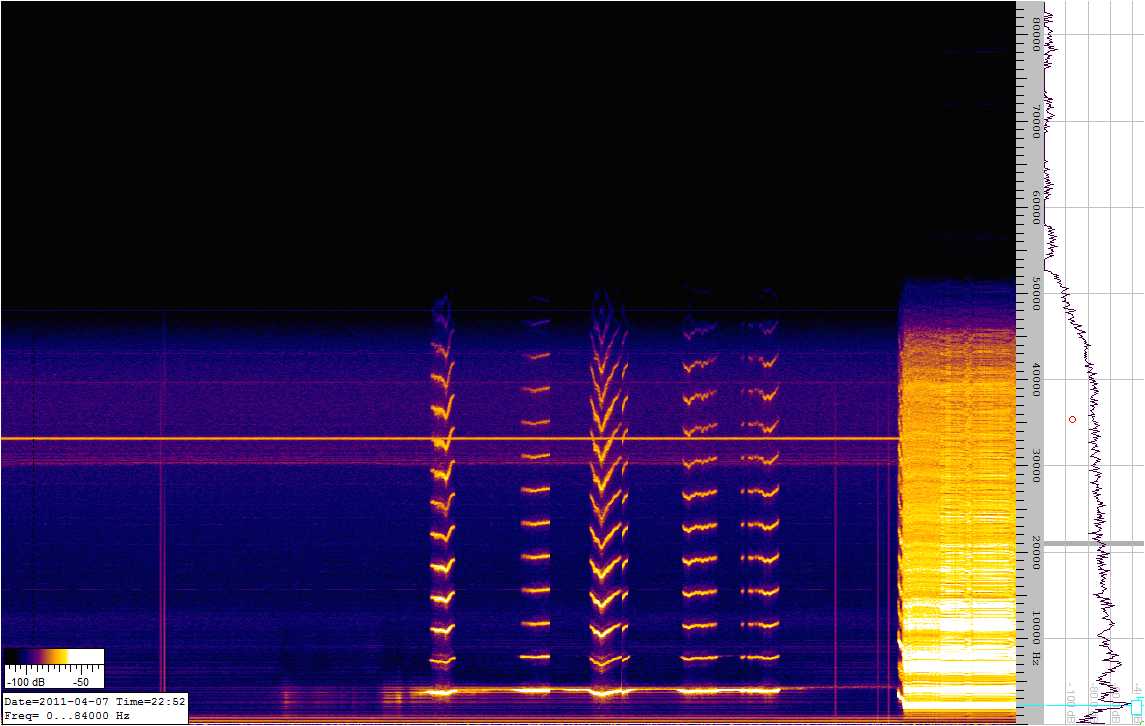
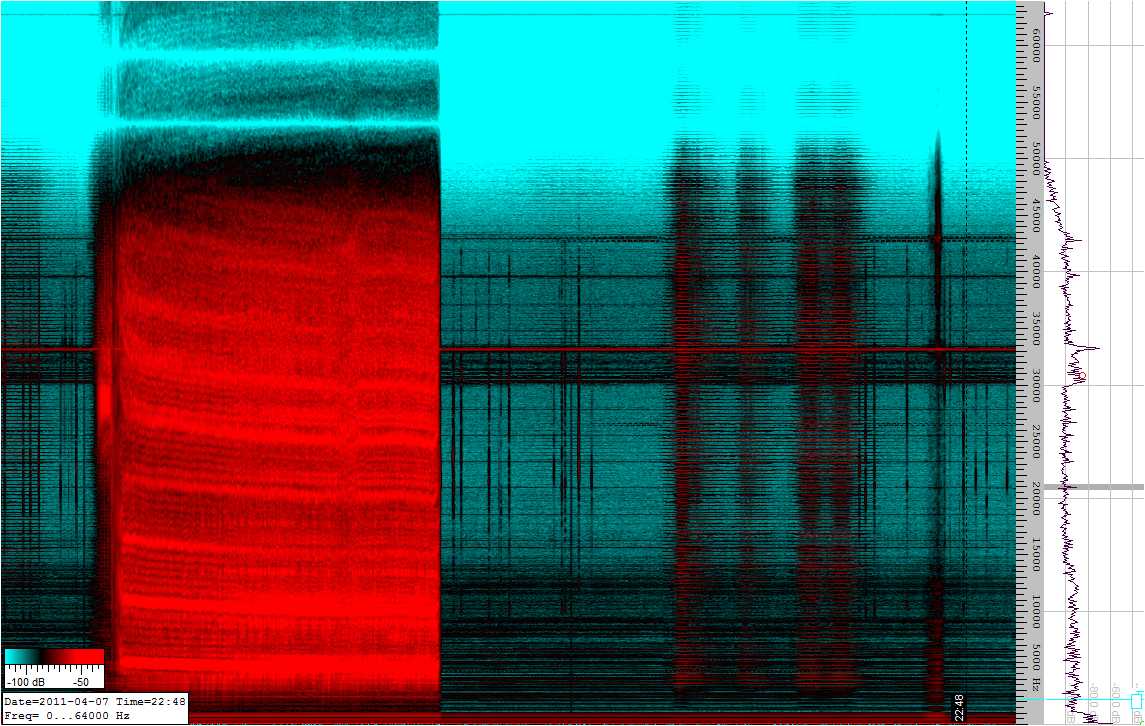

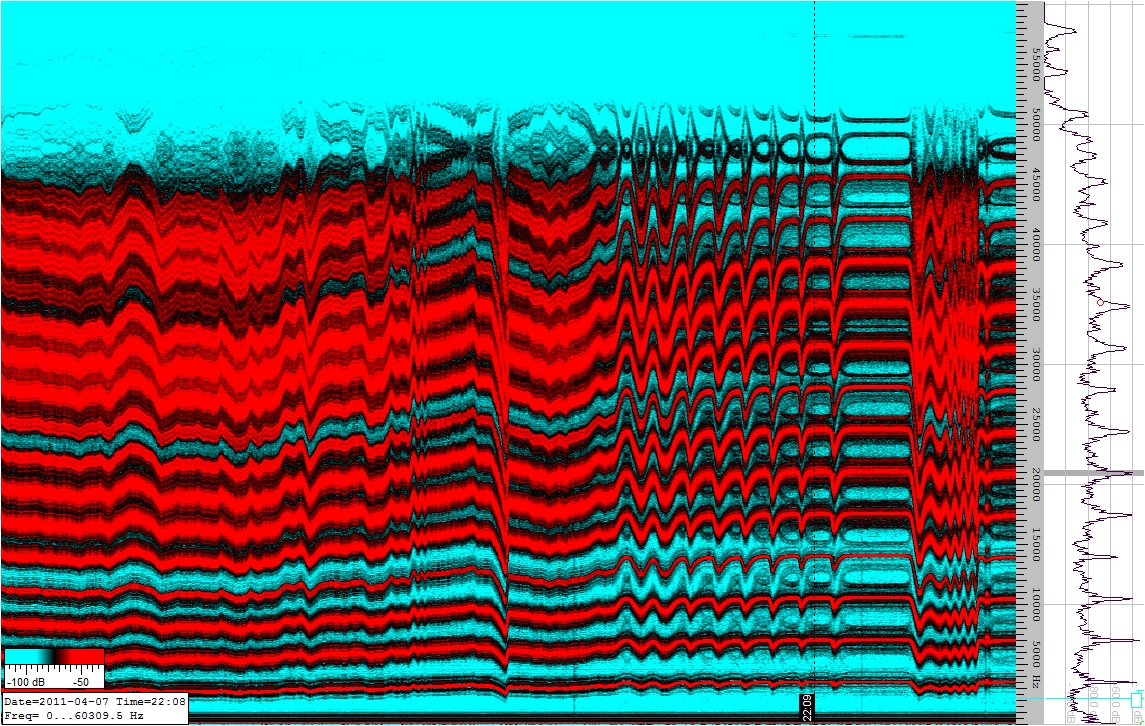
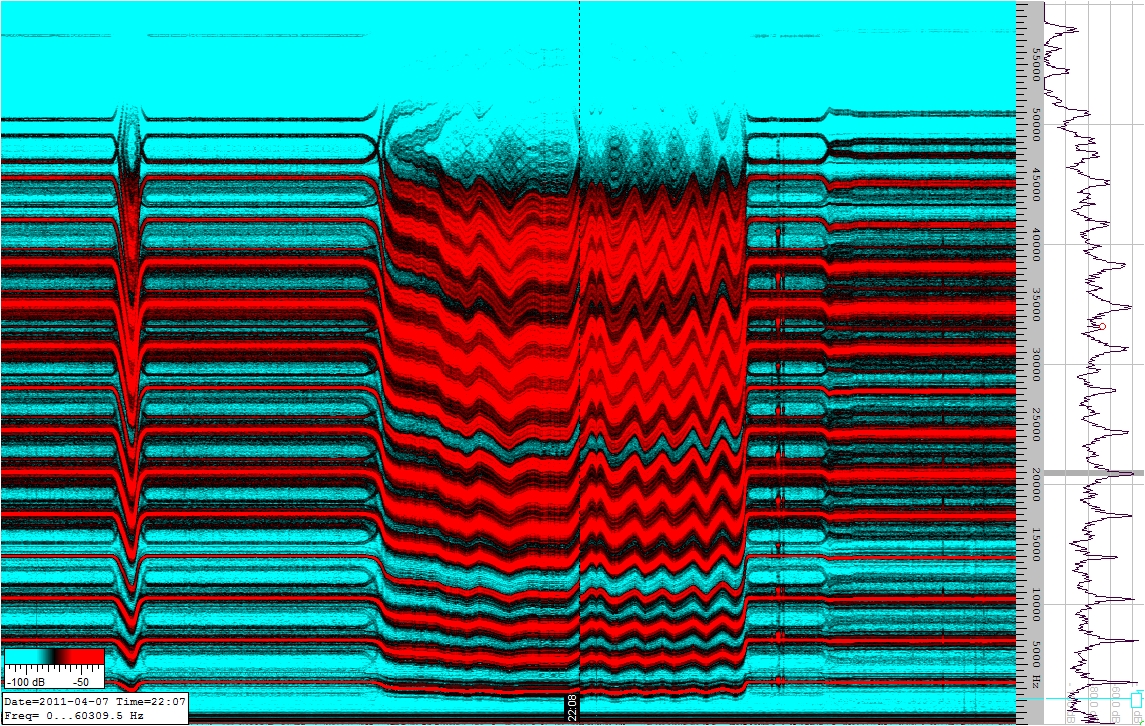

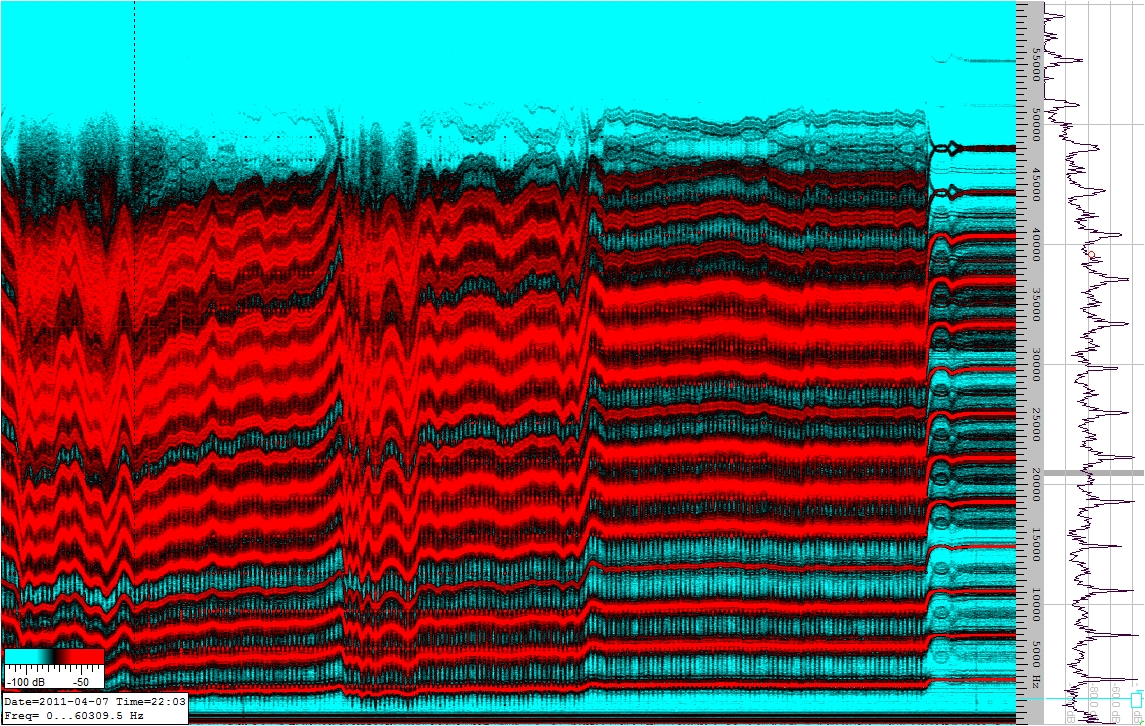
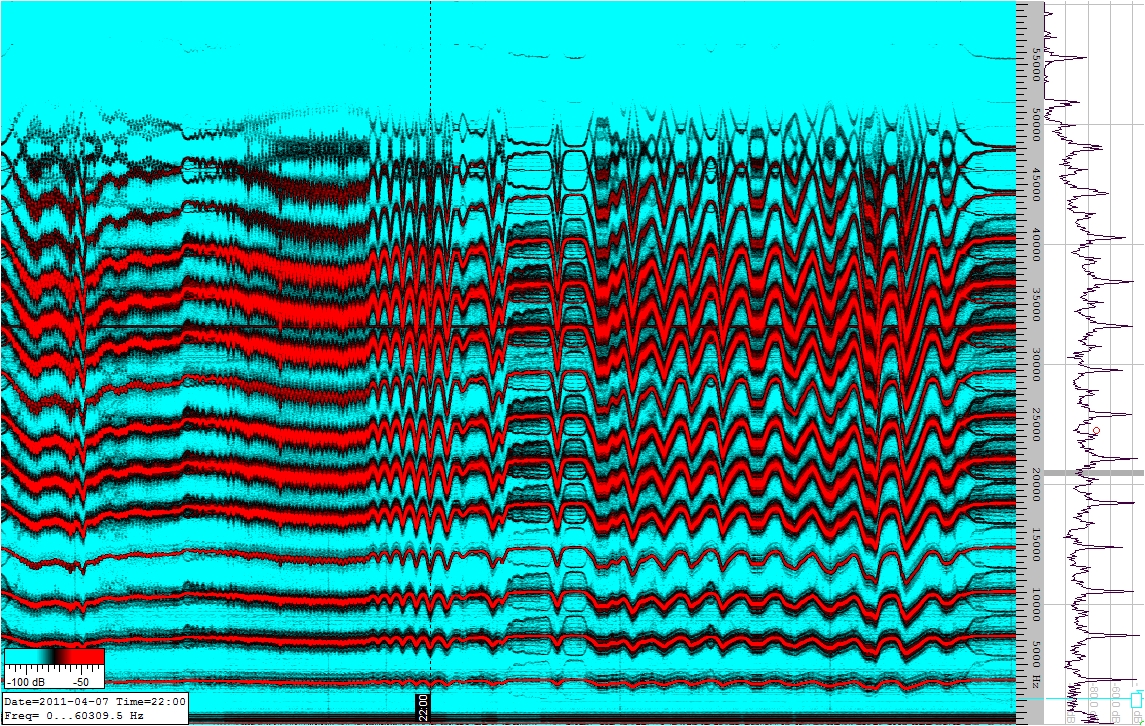

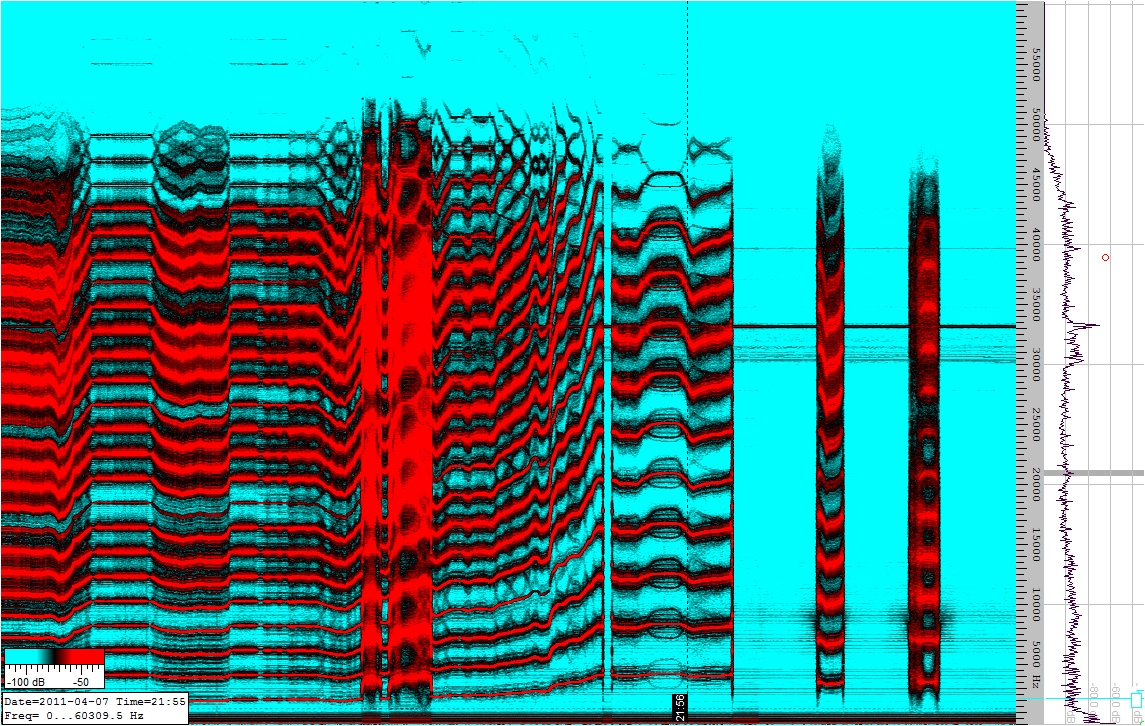
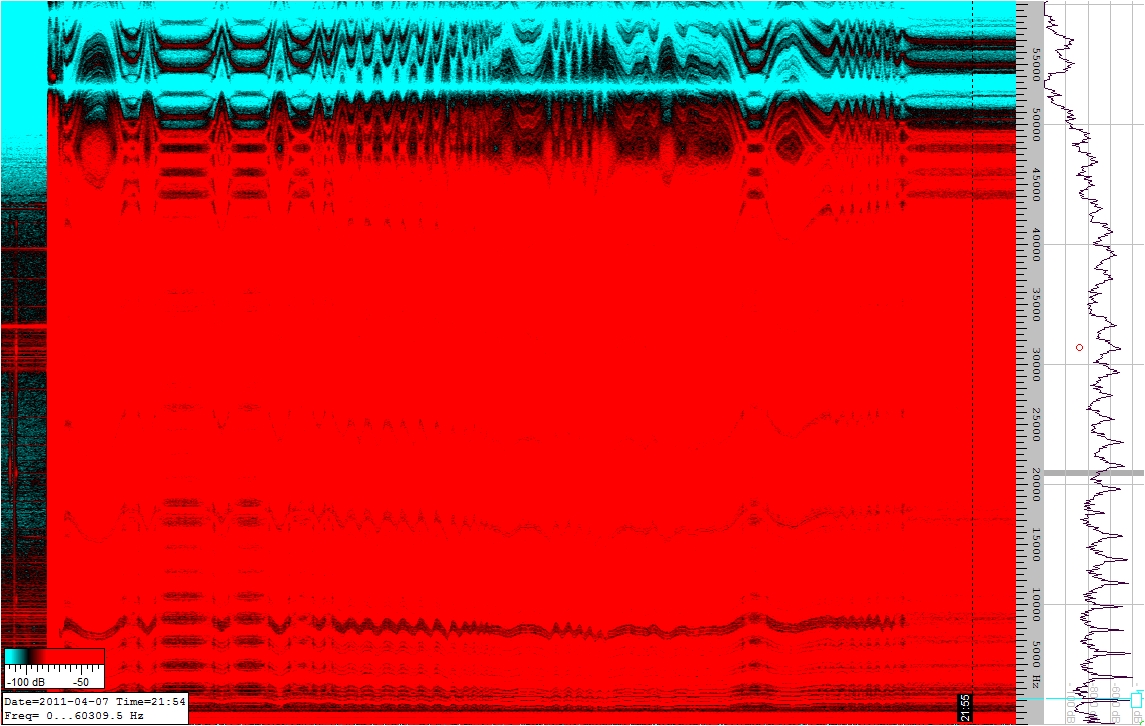
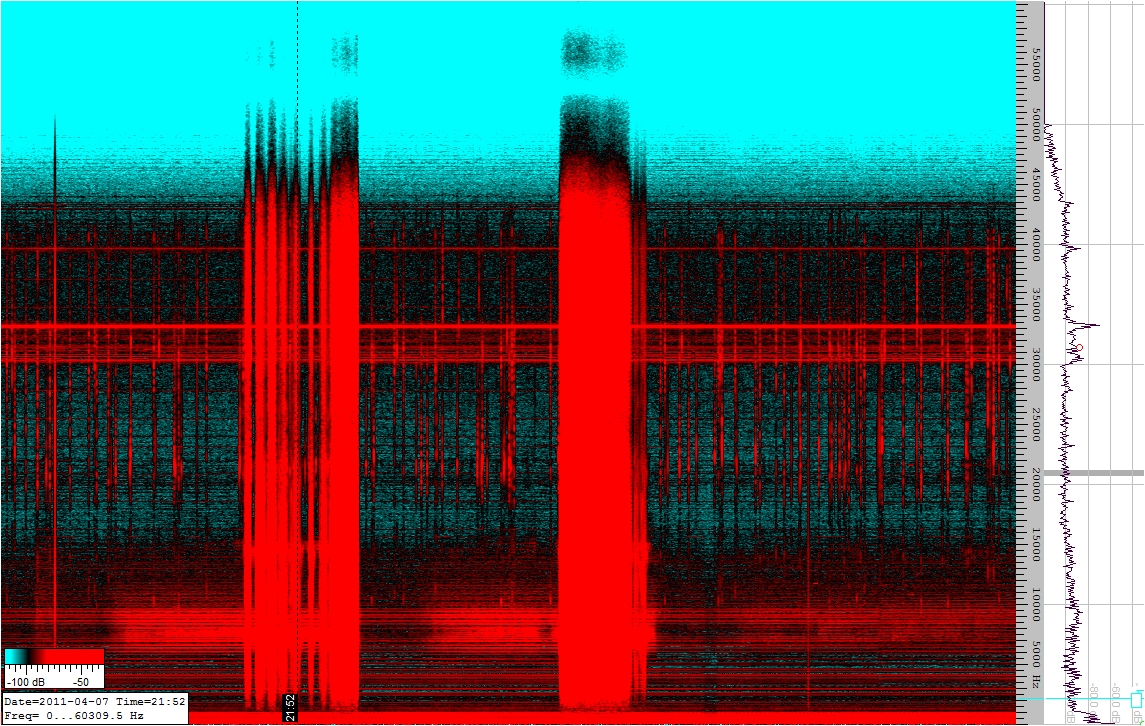
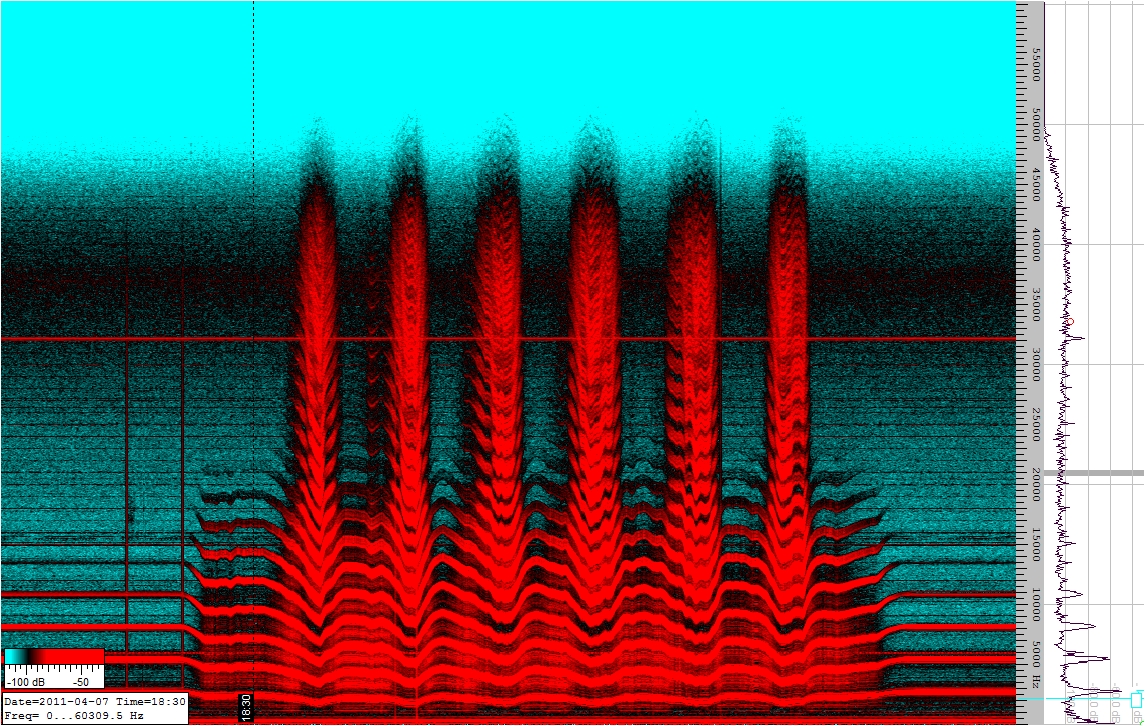
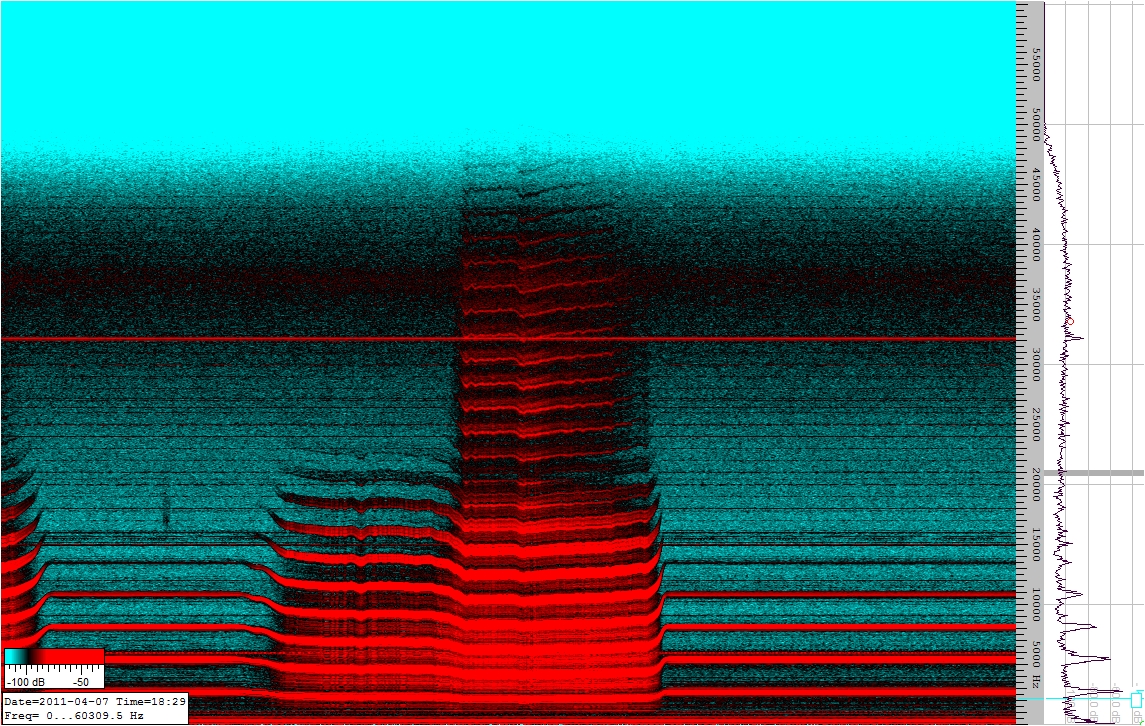
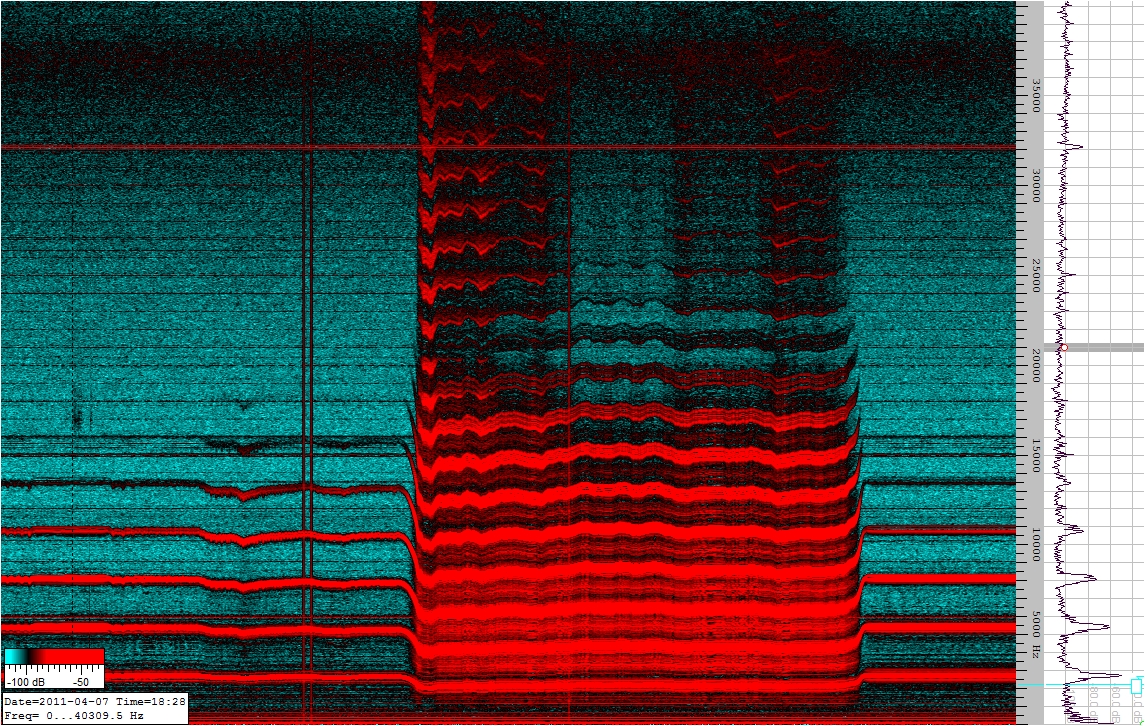
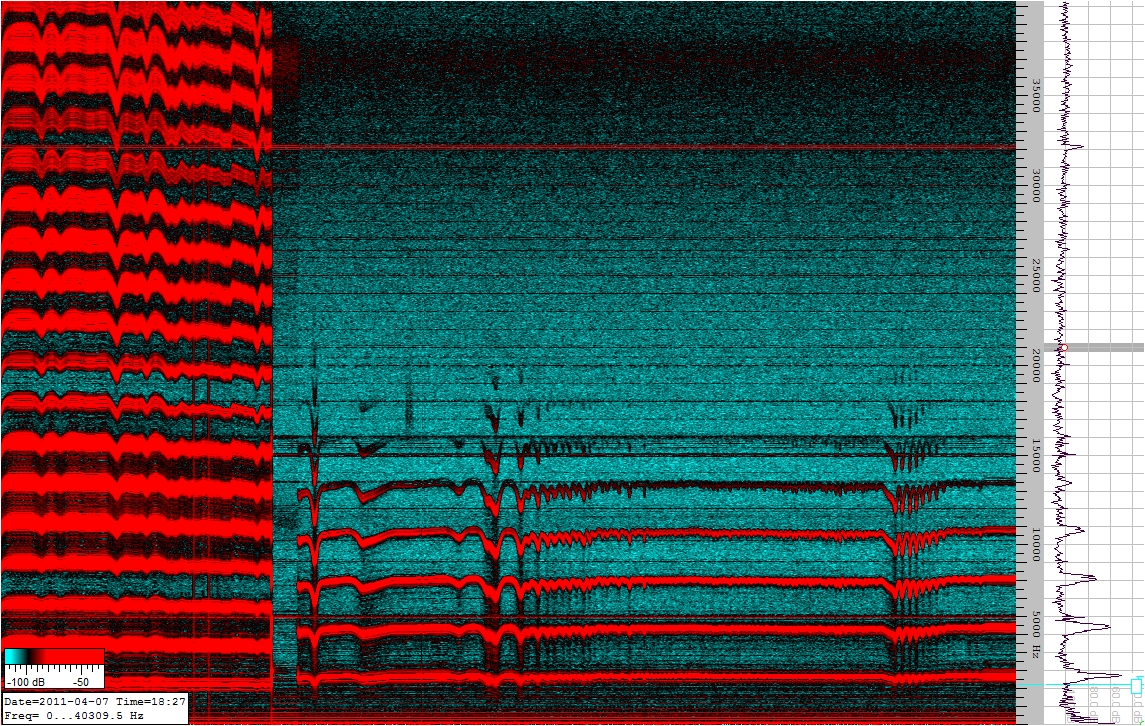
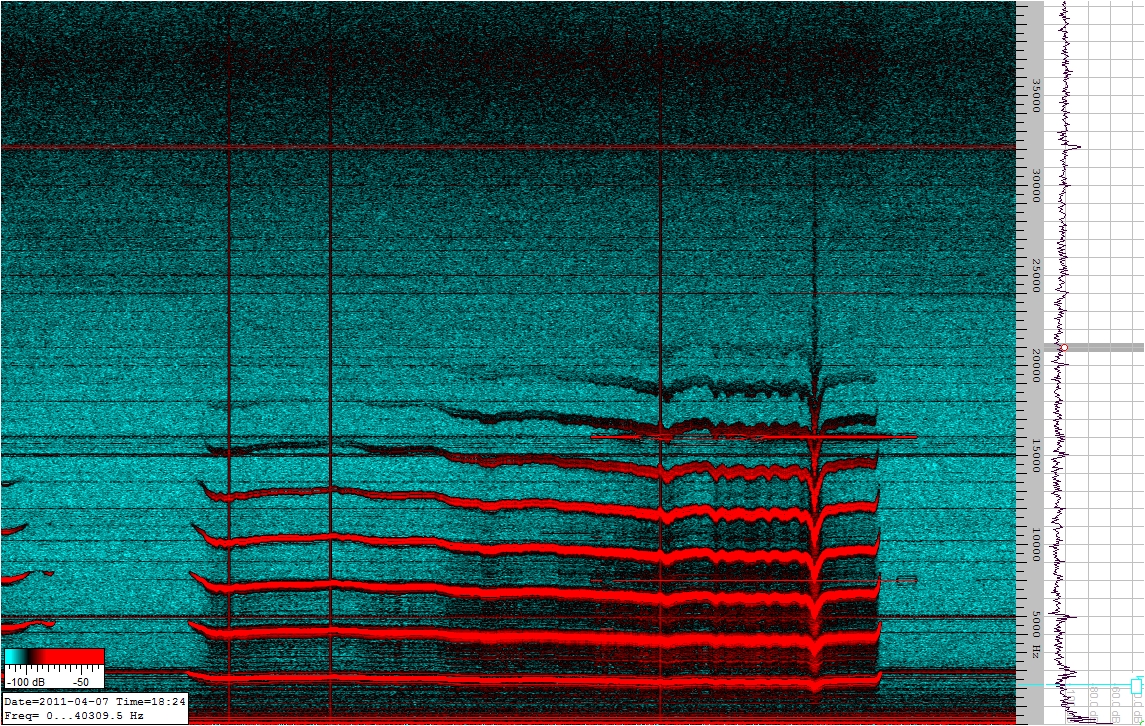
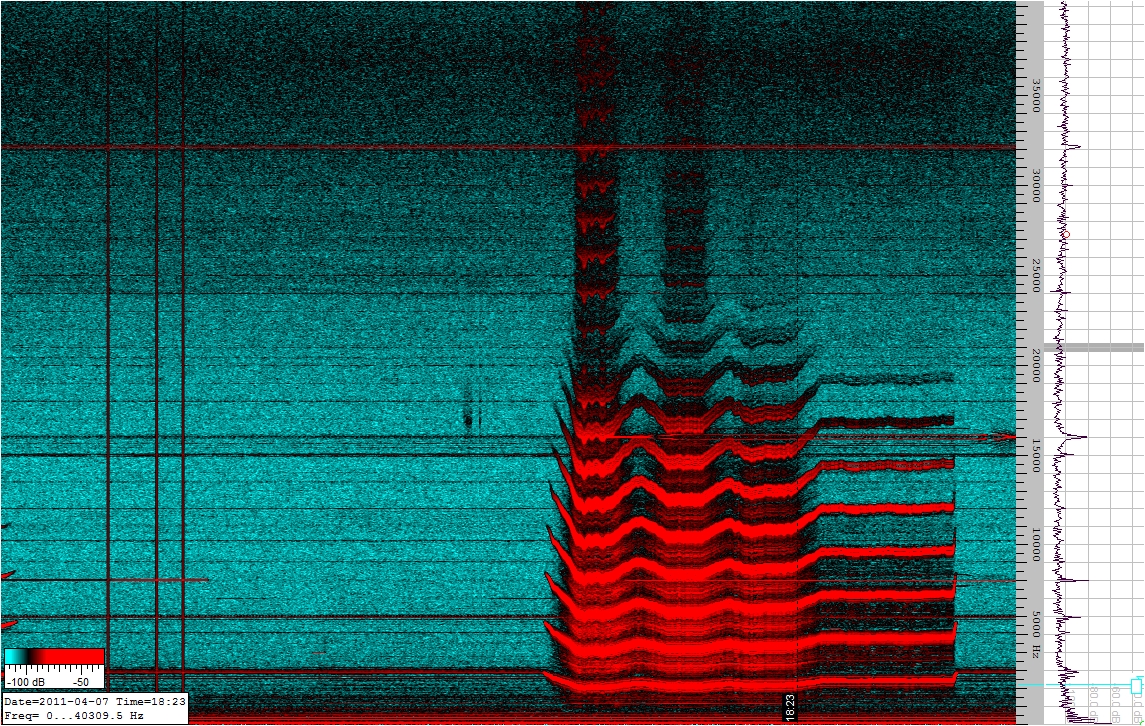
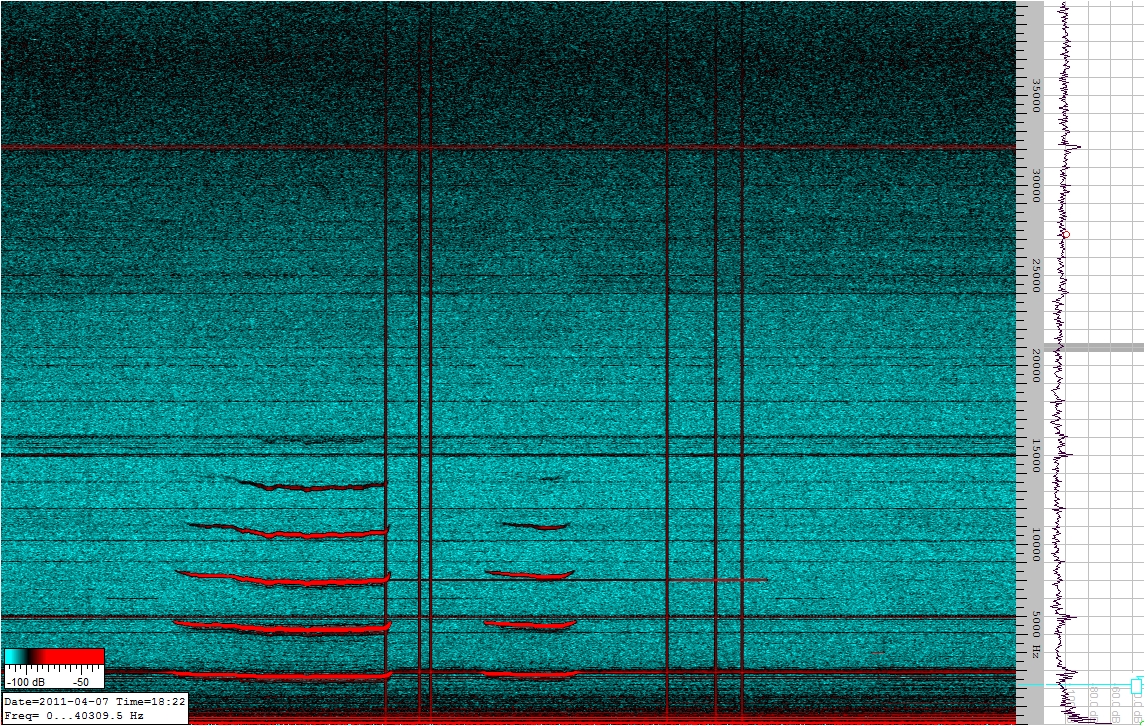
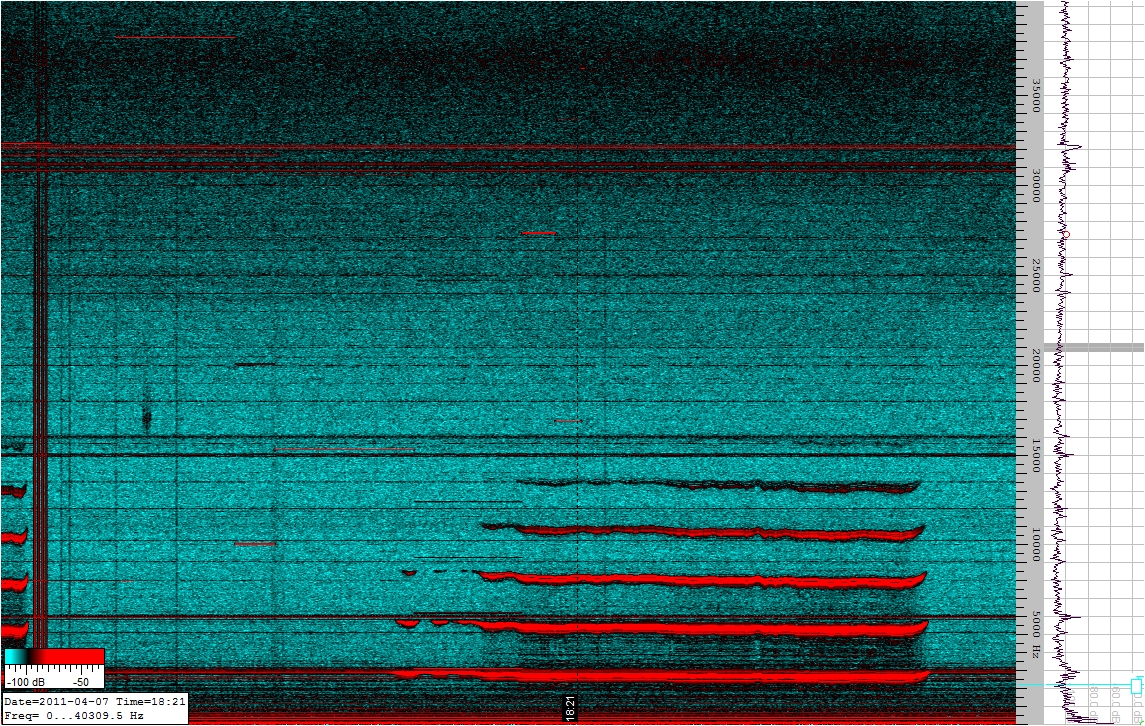
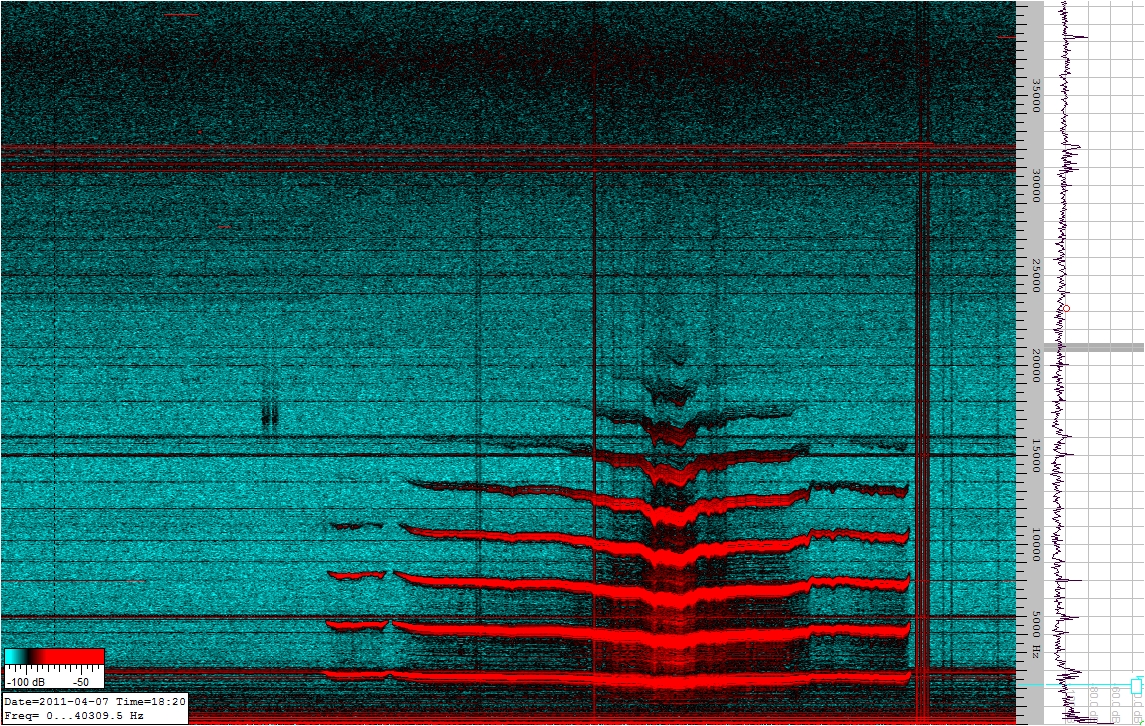


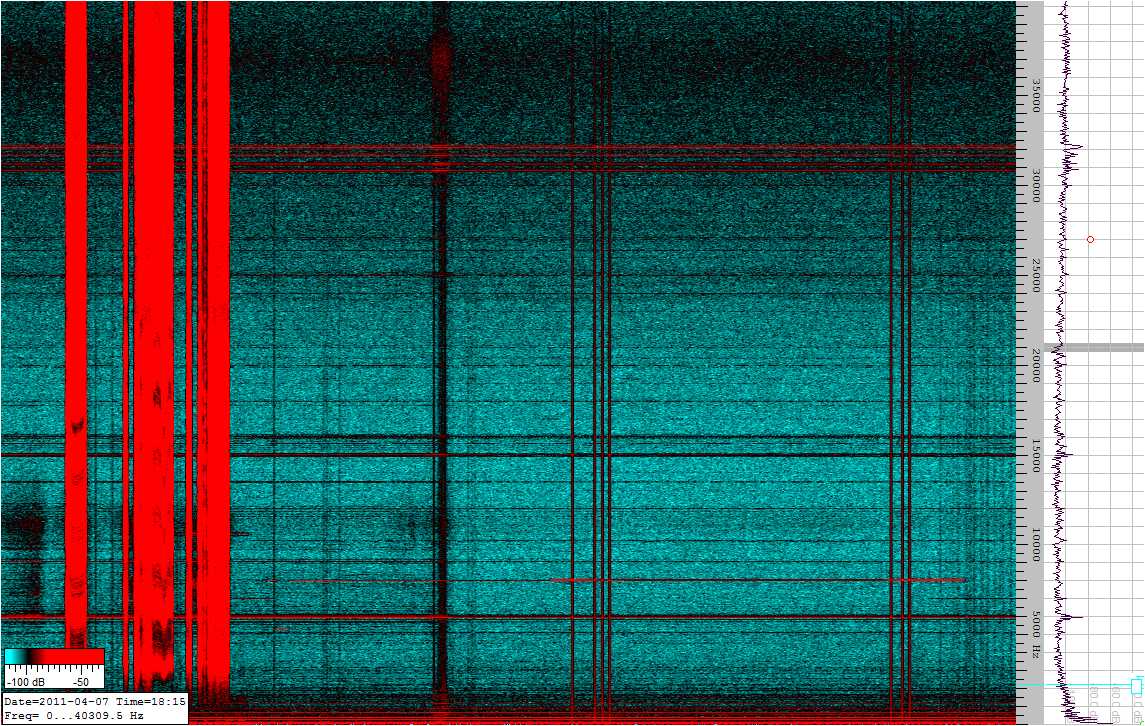
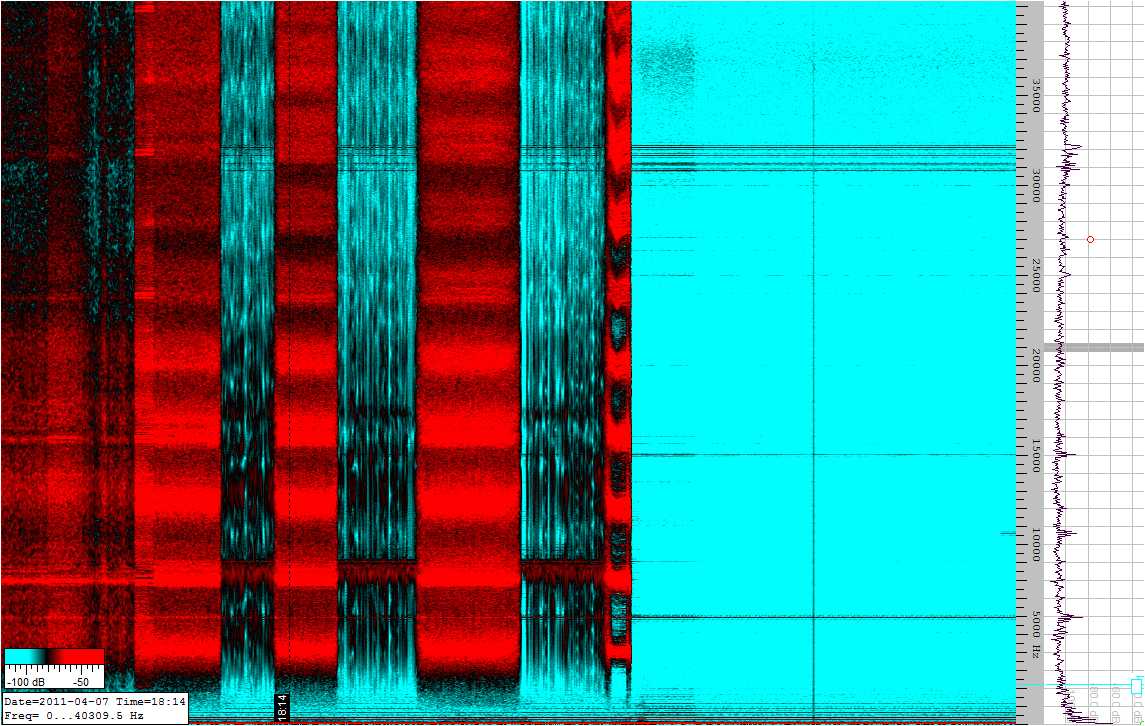
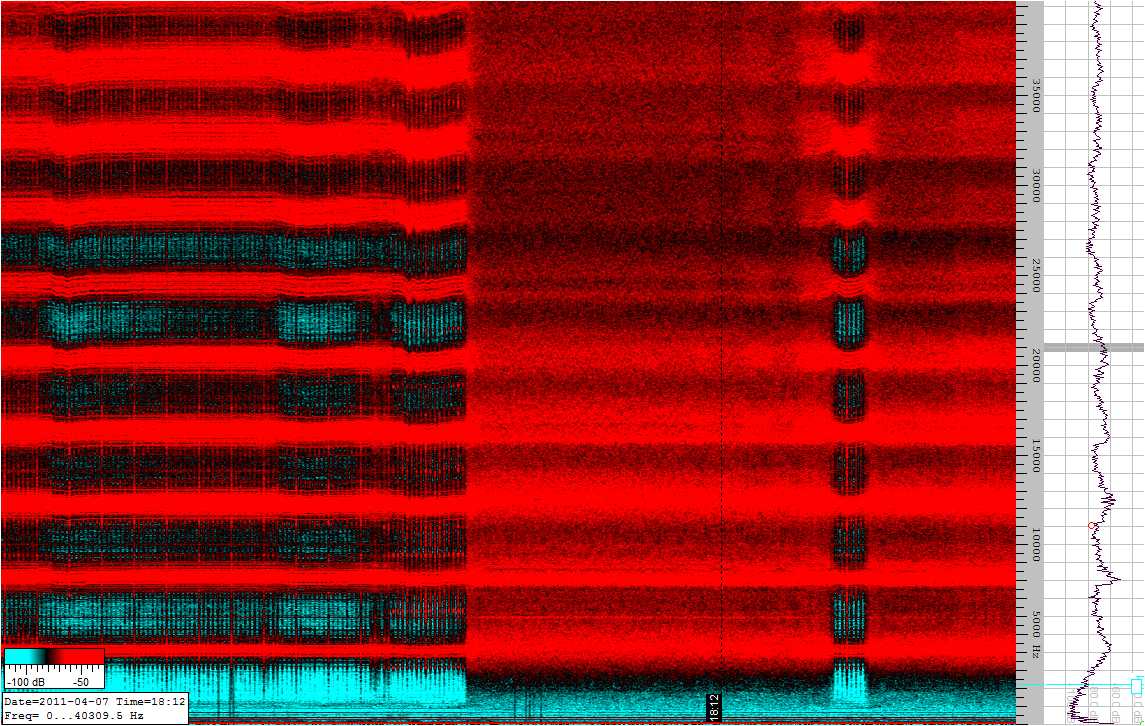
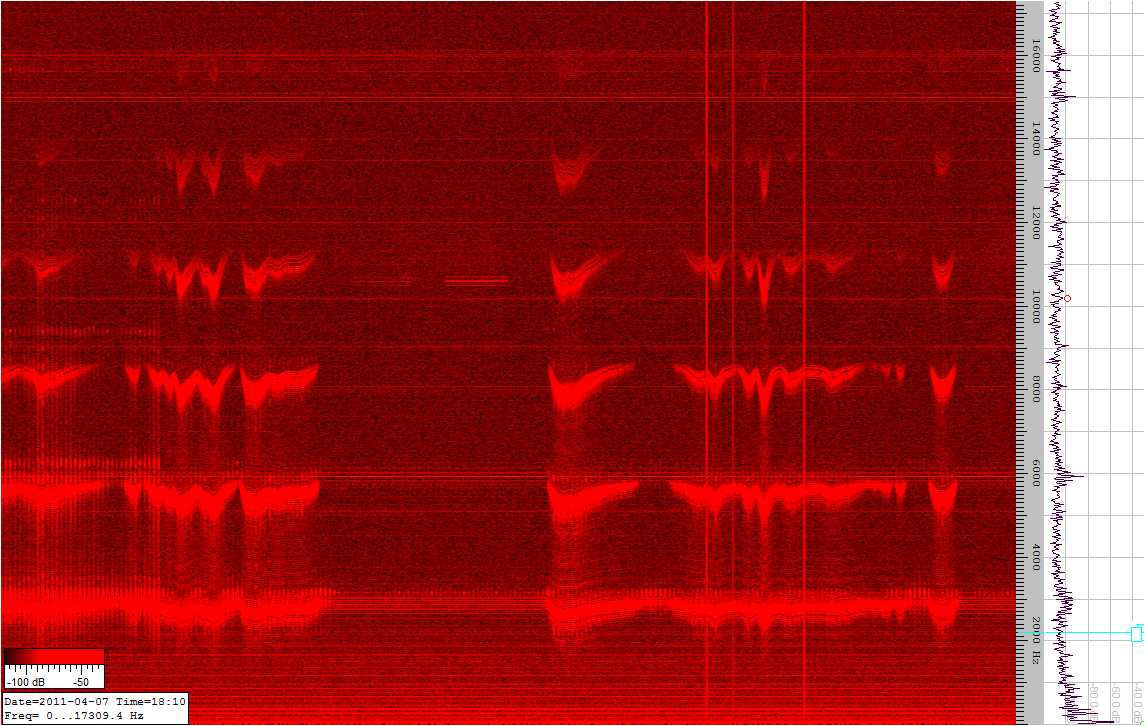
Jedi research. All righs reserved.
No authorized copy of images or commercial use of content.
Permission to link this page,
for Educational and Spiritual purpose, to those who would like to share this
information,
prior written request to Jedi Simon :
ioseme@hotmail.com You shall be granted use of this link in your web
site or materials
shared in this page.
